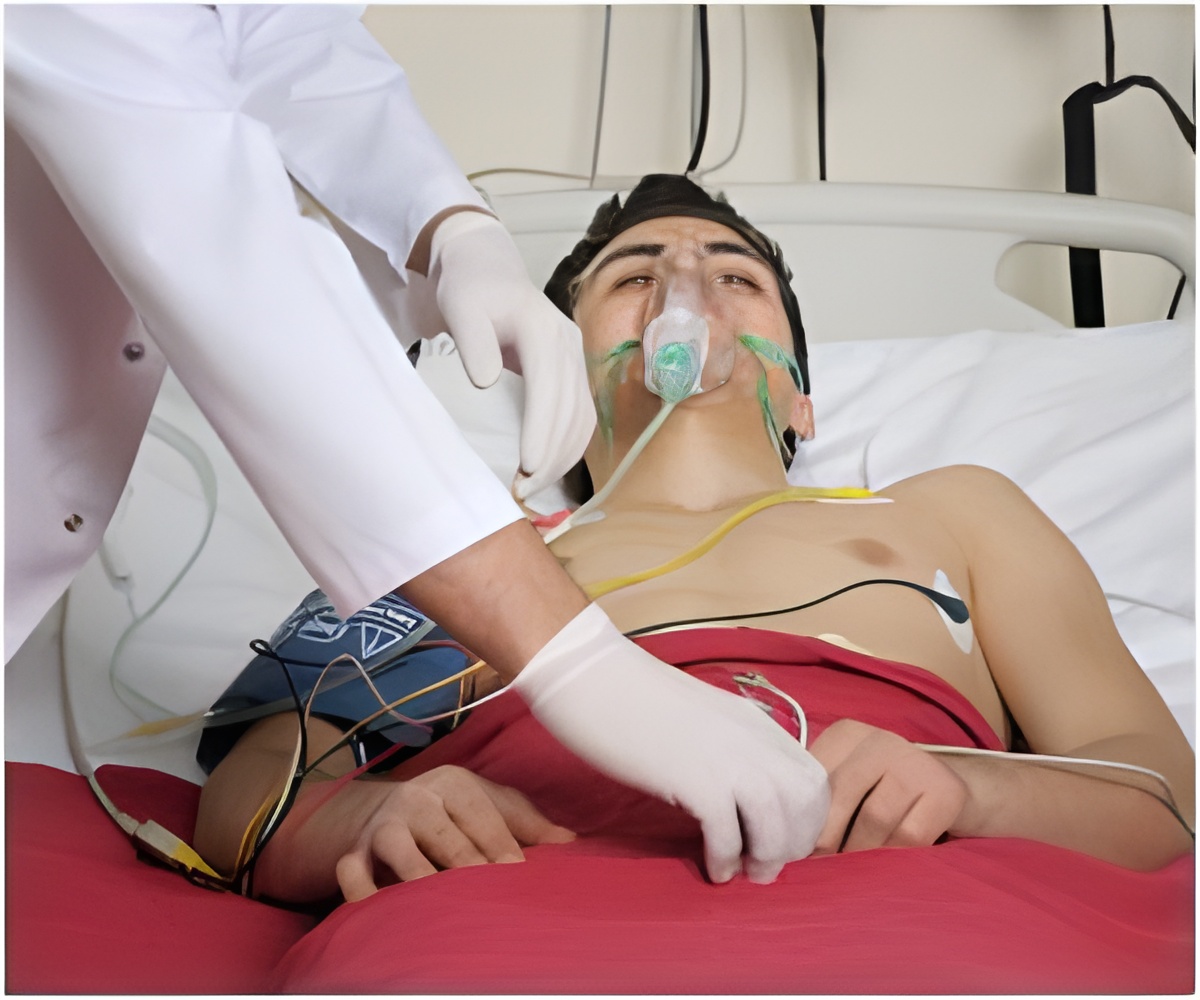Some form of mental dysfunction as reflected in anxiety, depression, and especially delirium is suffered by at least 30 percent of patients in intensive care units (ICUs).

The investigators, including Adrian González-López, PhD, in the laboratory of Guillermo M. Albaiceta, MD, PhD at the University of Oviedo , and co-authored by Konrad Talbot, PhD, an assistant research professor in Neurobiology in the Department of Psychiatry at Penn Medicine, began by studying the hippocampus in control mice and in mice on low or high-pressure mechanical ventilation for 90 minutes. Compared to the controls, those on either low- or high-pressure ventilation showed evidence of neuronal cell death in the hippocampus, as a result of a cell suicide program called apoptosis.
Searching for the molecular cause of the ventilation-induced apoptosis, the team discovered that a well-known apoptosis trigger had been set off in the hippocampus of the ventilated animals. That trigger is dopamine-induced suppression of a molecule known as Akt, which normally acts to prevent neuronal apoptosis. Akt suppression was clearly evident in the hippocampus of the ventilated mice and was associated with a hyperdopaminergic state (increased levels of dopamine) in that brain area. The ventilated mice had elevated gene expression of the enzyme tyrosine hydroxylase, which is critical in synthesizing dopamine. The resulting rise in dopamine increases the strength of dopamine receptor activation in the hippocampus.
The investigators hypothesized that ventilation-induced apoptosis in the hippocampus was at least partly mediated by elevated activation of dopamine receptors in that brain area. This was confirmed by showing that pretreatment of mice with type 2 (D2) dopamine receptor blockers injected into the ventricles of the brain significantly reduced ventilation-induced apoptosis in the hippocampus.
How mechanical ventilation manages to affect the hippocampus was answered by experiments on mice in which the vagus cranial nerve connecting the lungs with the brain was severed. In these mice, mechanical ventilation had virtually no effect on levels of the dopamine-synthesizing enzyme or on apoptosis in the hippocampus.
The investigators then studied the consequences of ventilation and elevated hippocampal dopamine on dysbindin-1, a protein known to affect levels of cell surface D2 dopamine receptors, cognition, and possibly the risk of psychosis. High-pressure ventilation in mice caused an increase in gene expression of dysbindin-1C, and later, in protein levels of dysbindin-1C. Dopamine alone had similar effects on dysbindin-1C in hippocampal slice preparations, effects that were inhibited by D2 receptor blockers.
Advertisement
The findings could lead to new therapeutic uses of established drugs and targets for new drugs that activate a molecular pathway mediating adverse effects of ICU ventilation on brain function.
Advertisement
The corresponding author, Dr. Albaiceta, offered a look at future research on this topic: "Now that we have established the mouse model, we are mainly looking for therapeutic approaches aimed at avoiding the vagal activation caused by mechanical ventilation and therefore prevent the deleterious effects observed in the hippocampus," he said. "We are also interested in studying the relationship between the different described gene polymorphisms of dysbindin, Akt, and type 2 dopamine receptor versus the incidence of neurological disorders in patients on ventilation in ICUs. This could help us to identify susceptible individuals to in which a preventive treatment could be effective."
Source-Eurekalert










